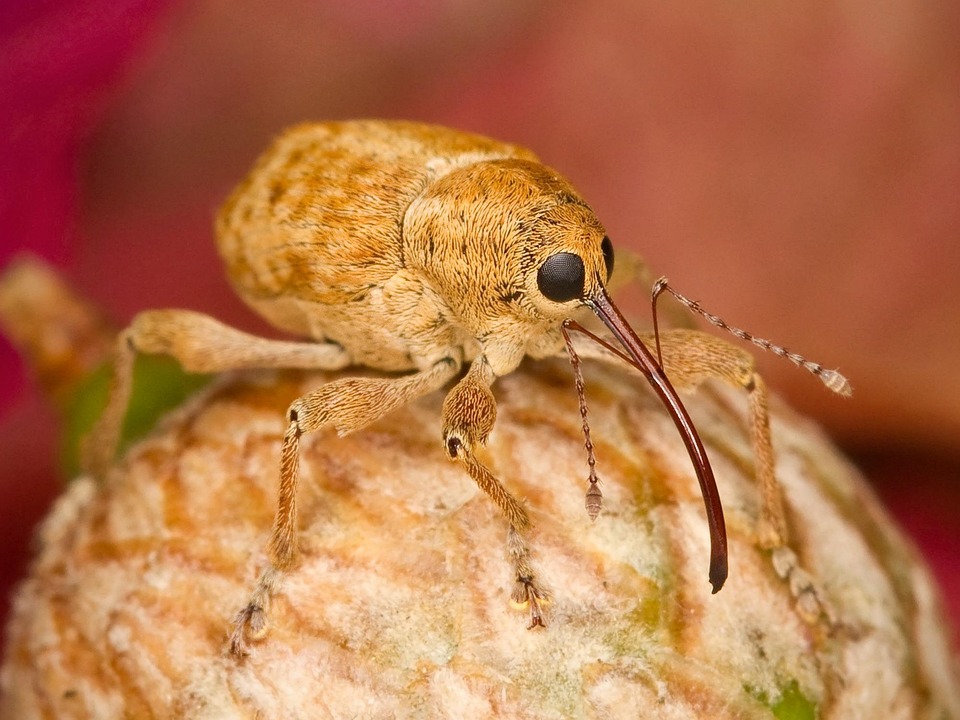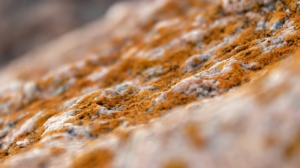Life in Extreme Conditions: How Animals Thrive in the Harshest Environments
The natural world is a tapestry woven with incredible diversity, where each organism exhibits unique adaptations to survive in its specific habitat. Among these environments are some of the most extreme conditions on Earth—places characterized by intense heat, crushing cold, salinity, or high pressure. In these harsh ecosystems, animals exhibit remarkable resilience and ingenuity, evolving specialized features that allow them to thrive despite the odds.
1. The Cryosphere: Polar Regions and Glaciers
The polar regions, marked by frigid temperatures and perpetual ice, offer a stunning display of adaptation. Species like the polar bear (Ursus maritimus) have evolved thick layers of blubber and insulating fur to maintain body heat in sub-zero temperatures. Their white coats not only provide camouflage against the snow but also reflect sunlight, helping with thermal regulation.
Polar bears rely on sea ice as a platform for hunting seals, their primary food source. However, with climate change threatening their habitat, these creatures are forced to travel farther in search of food, leading to increased human-animal interactions and diminishing populations.
Another remarkable adaptation can be seen in the Antarctic icefish. This unique fish possesses antifreeze proteins in its blood that prevent ice crystals from forming, allowing it to flourish in waters that dip well below freezing. Beyond temperature resilience, these fish have transparent blood due to the absence of hemoglobin, which reduces weight and increases buoyancy. This adaptation allows them to thrive in a habitat where the average temperatures are far below what most marine species can endure.
2. The Deserts: Extreme Heat and Scarcity
Desert environments are filled with life that has mastered the art of water conservation and temperature regulation. The fennec fox (Vulpes zerda), with its large ears, dissipates heat and listens for prey, enabling it to thrive in the Sahara Desert. Its nocturnal lifestyle helps avoid the heat of the day, allowing it to hunt and hydrate during the cooler nights.
Additionally, these foxes have specialized kidneys that concentrate urine, thus minimizing water loss. They also derive moisture from the seeds they consume, enabling them to survive in one of the most arid environments on Earth.
Another genius of adaptation is the kangaroo rat (Dipodomys spp.), which can survive without ever drinking water. This highly efficient rodent derives moisture from the seeds it consumes and possesses kidneys that excrete highly concentrated urine. This incredible efficiency allows it to navigate the arid landscapes of the American Southwest with minimal reliance on water sources. Moreover, its burrowing behavior helps regulate temperature, providing a refuge from the scorching sun.
3. The Hydrothermal Vents: Life Beneath the Ocean
Deep-sea ecosystems, particularly around hydrothermal vents, reveal another dimension of resilience. The extremophiles that thrive in these regions often endure intense pressure and high temperatures, with water temperatures sometimes exceeding 400°C (752°F). The discovery of organisms like giant tube worms (Riftia pachyptila) has revolutionized our understanding of biology.
These tube worms host symbiotic bacteria capable of converting sulfur compounds from the vents into energy through chemosynthesis. This process allows them to flourish in total darkness, miles below the ocean’s surface, completely independent of sunlight, which is crucial for most life forms.
The harsh conditions of these environments also host unique adaptations in other creatures, such as extremophile shrimp (Thermophage thermophiles) that have evolved specialized enzymes to withstand high-temperature environments. These adaptations help them survive in the nutrient-rich waters around hydrothermal vents, where they feed on organic material.
4. The High Altitudes: The Roof of the World
The rugged heights of the Himalayas and Andes present an entire set of challenges for flora and fauna. Animals like the snow leopard (Panthera uncia) exhibit remarkable adaptations that allow them to thrive in thin air and cold temperatures. Their large nasal passages help warm the cold air they breathe, while their thick fur and padded paws provide insulation and traction on treacherous terrain.
Snow leopards are not just physically adapted; they display a remarkable hunting strategy that allows them to take down prey significantly larger than themselves, such as domestic livestock and wild ungulates. This predatory skill provides them with the energy necessary to survive in such an unforgiving landscape.
Birds such as the bar-headed goose (Anser indicus) have adapted to fly at extreme altitudes, surpassing the peaks of the Himalayas. These migratory birds have unique physiological adaptations that facilitate improved oxygen transport in low-oxygen environments, allowing them to migrate thousands of miles during the breeding season. Their hemoglobin is particularly efficient at binding oxygen, which is crucial for survival in the thin, high-altitude air.
5. The Saline Waters: Life in Extreme Salinity
In environments with high salinity, such as salt flats and salt lakes, unique organisms have developed specialized adaptations for survival. The brine shrimp (Artemia spp.) can withstand extreme salinity levels, with some species thriving in concentrations lethal to most marine life. These resilient little crustaceans can produce cysts that endure desiccation, remaining dormant until environmental conditions improve.
Brine shrimp play a crucial role in their ecosystems, serving as a primary food source for various birds and other wildlife. Their ability to adapt and flourish in extreme salinity levels showcases the incredible resilience of life.
Certain halophilic (salt-loving) bacteria also flourish in these challenging conditions, recycling nutrients and contributing to the elemental balance of their environments. These microorganisms are essential to nutrient cycling in saline ecosystems, illustrating that even the tiniest life forms have significant roles in the health and stability of their environments.
Conclusion
Life in extreme conditions showcases the incredible adaptability and resilience of organisms on our planet. Each species, with its unique set of adaptations, not only survives but thrives in environments that would challenge the hardiest of humans. These remarkable adaptations remind us of the complexity of life and the fascinating ways nature finds a way to persist, even in the harshest of conditions.
As climate patterns shift and habitats change, understanding these mechanisms of survival may become crucial for biodiversity conservation and ecosystem management. The resilience of life is a testimony to the ingenuity of nature—a lesson in adaptation that resonates across ecosystems and species alike.
Through studying these extreme adaptations, we gain insights not only into the creatures themselves but also into broader ecological principles. These examples serve as a powerful reminder of the interconnectedness of life and the intricate web of dependencies that exist within our ecosystems.
In the face of ongoing environmental challenges and the need for conservation efforts, appreciating the specialized adaptations of these remarkable animals can inspire new strategies for protection and preservation. The lessons learned from life in extreme conditions speak to human resilience, adaptability, and the importance of coexisting with the diverse forms of life that share our planet.
In a world that is constantly changing, the animals that have mastered life in extreme conditions stand as a testament to the boundless possibilities of evolution and survival—an enduring source of wonder and inspiration for all.


























Add Comment